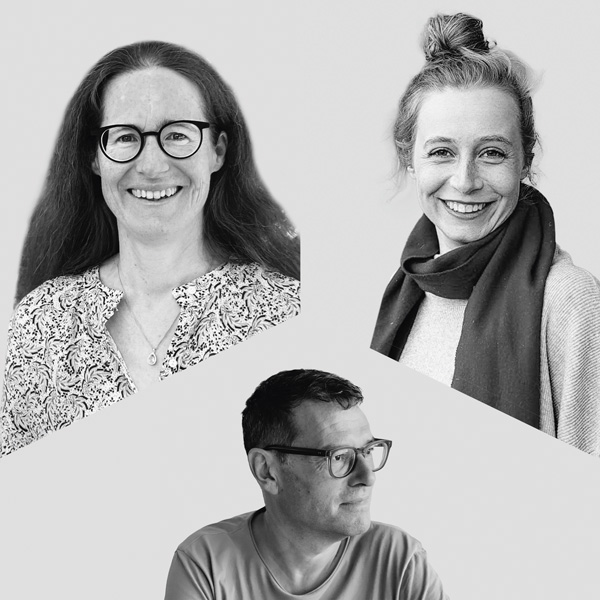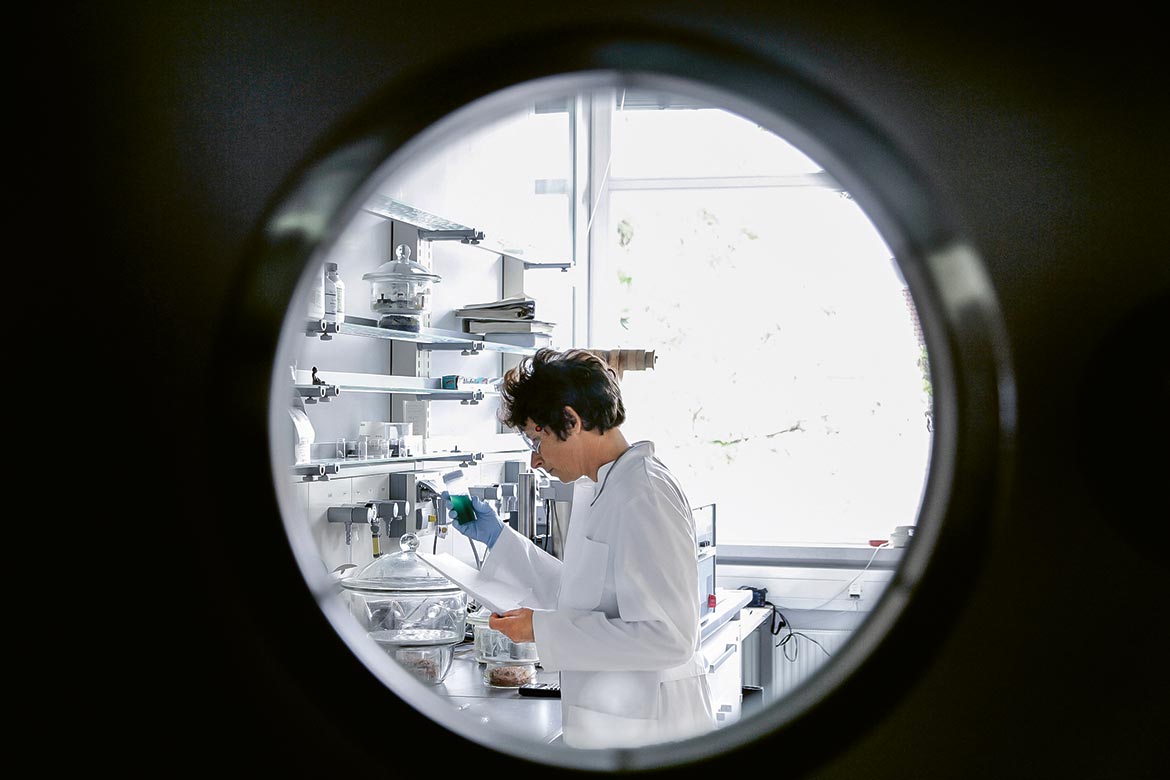Feature: Diversity in the academy
Eight examples for promoting diversity
Ensuring better inclusivity for all sections of society has become a priority for the academic world. Here we look at eight examples that illustrate the wide variety of possibilities.
Universities need to become more inclusive and promote the integration of the disadvantaged. This goal is necessary for ethical reasons, as well as legal and strategical ones. There is much that can be done: from integration programmes and regulation changes to campaigns to change attitudes.
But generating greater inclusivity is still a major challenge. All systems create strong and homogenous power structures that are naturally resistant to change, and the measures taken raise delicate issues of reverse discrimination, proportionality, bureaucracy and, above all, efficiency. The wide array of the measures implemented to promote diversity is explained by the very high level of diversity among stakeholders, among their needs and objectives, among cultures and among legal frameworks. The following eight examples are illustrative of efforts taken toward greater inclusion in the academic world.
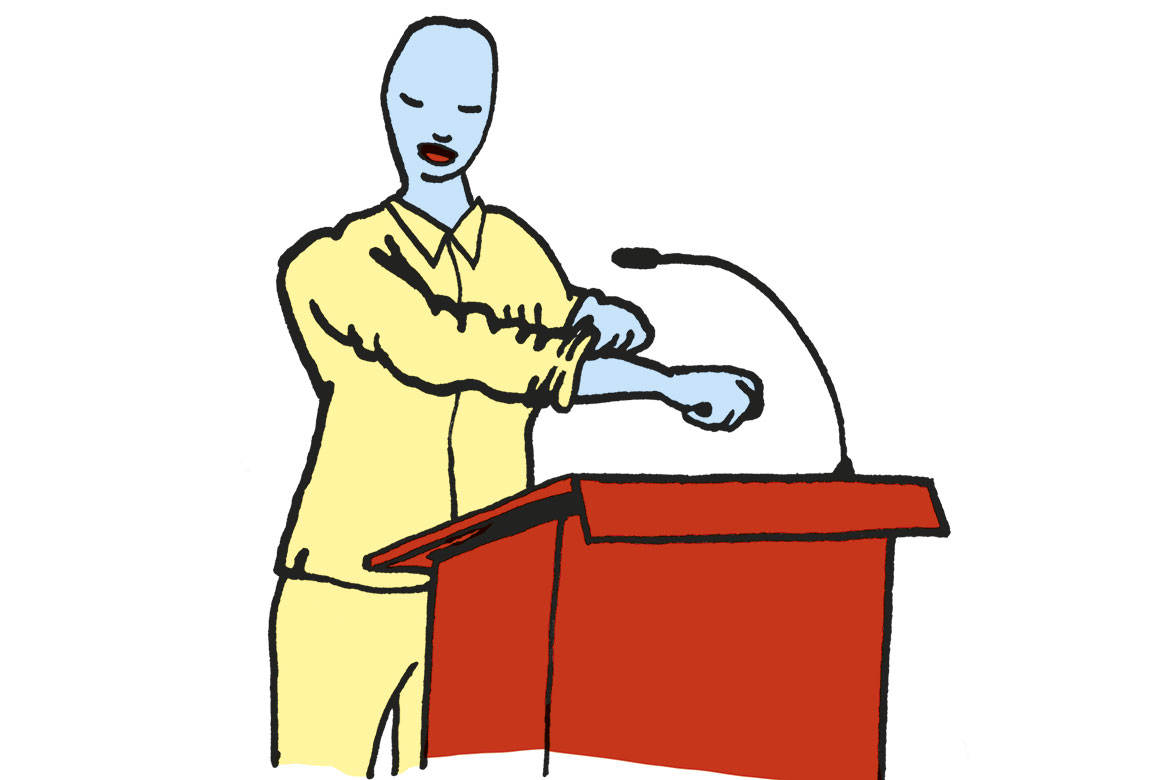
100 percent quotas
The project was unique and radical. On 17 June 2019, Eindhoven University of Technology (TU/e) in the Netherlands announced that new professorships would be open only to women for the next five years, unless no female researcher suitable for the position is found in the first six months. Thirty-five female scientists joined the institution in less than a year: A welcome change at the institution, which has one of the lowest proportions of female professors in Europe.
As with any quota, the risk is that the women benefitting from it may be accused of having been appointed because of their gender and not because of their qualifications. “This is not something I heard about my appointment”, says Deniz Ikiz Kaya, who joined TU/e in 2020 as a professor of architecture. “There is no doubt that my qualifications fit the profile very well. But I do know of a new professor who went through it in another department: she was told by one of her colleagues ‘jokingly’ that she was only there because she was a woman. I don’t find that funny”.
Nonetheless men have complained of discrimination. And they were heard. On 3 June 2020 the Netherlands Institute for Human Rights stated in an opinion that TU/e “went too far” and should have disaggregated the faculties according to their respective situations, i.e., the varying proportions of female professors. The Institute recommended that first the usual equality measures should be strengthened, but it failed to recognise that their excessively modest impact was exactly what had prompted TU/e to attempt its trial which, albeit radical, has the merit of clarity. TU/e has since temporarily halted the initiative, saying it wants to adapt it to the opinion of the Institute.
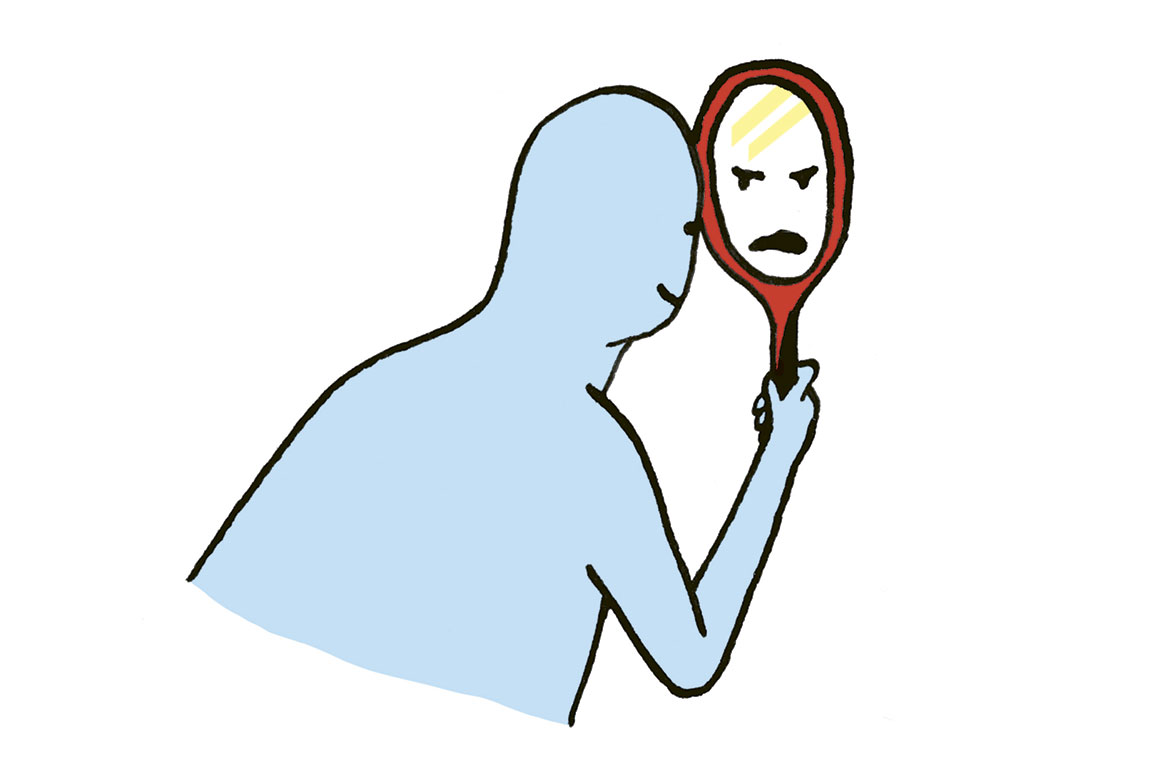
Discovering unconscious bias
Can a 15-minute online test reveal our unconscious biases? Either way, this is the pledge of Project Implicit. It came from a team at Harvard University about twenty years ago, and it’s a good bet the results will shake up just about anyone’s self-image. The principle is simple: the time it takes to classify words into certain categories is measured, and usually there are significant differences. For example, many people need more time to correctly classify the word ‘biology’ in the category ‘woman or science’ than in the category ‘man or science’. This difference reveals an unconscious bias that associates the natural sciences more with the male gender than the female gender.
The experiment may work like electroshock therapy. It is striking in that it shows not only how our convictions matter, but also the implicit associations used – no doubt questionably – to categorise people and their multiple identities.
One measure being taken to promote equality is private sector workshops on implicit bias, but the academic world also wants in. EPFL recommends this kind of workshop, and the University of Zurich has itself been offering them since September 2019. “Awareness of potential bias is the first step towards reducing it”, says the League of European Research Universities (LERU). For the time being, the actual effect of these measures has yet to be evaluated.

Unrestricted toilets
Toilets for men/toilets for women: It’s a seemingly obvious distinction that may become problematic for transgender and intersex people. They are forced into a false choice, and are insulted or denied access to the toilet corresponding to the gender that they experience. Hence a relatively simple solution: Gender-neutral toilets, open to everyone. In 2018 at the University of Cologne, the announcement of the first officially unisex toilets led to a lot of criticism, especially regarding the purported cost of the initiative, according to the Frankfurter Allgemeine Zeitung.
The idea has gained ground in Switzerland. After restrictive regulations were lifted, the first restaurants were finally able to have gender-neutral toilets. At Lucerne University of Applied Sciences and Arts, three unisex toilets were unveiled at the beginning of 2020. At ETH Zurich, there are now 147 such toilets and 19 unisex shower cubicles. There are other initiatives in this direction, too. It’s now possible at ETH Zurich to change one’s first name and title without having to prove that this has been formally approved by the authorities, although using a non-binary form is still not possible.

Certificate of good conduct
Universities and science policymakers now draft equal opportunities into their strategic plans. But it remains to ensure that they go beyond declarations of intent and implement measures with real impact.
One option is to measure, inspect and certify. Since 2005 the British association ‘Advance HE’ has been certifying university departments’ good practices in the field of equality and inclusion. The label Athena SWAN also serves to underline the importance attached to equality as well as to profile the institution in the international competition for academic talent. But that’s not all. The UK’s National Institute for Health Research (NIHR), for example, requires an institution to have a ‘silver’ SWAN label when applying for certain research funds.
However, the British government declared on 10 September 2020 that it wanted to repeal the SWAN label requirement in funding applications. It recommends that universities “consider the extent to which the use of such voluntary material creates unnecessary bureaucracy and prevents academic staff from focusing on core teaching activities”. The label, which is funded by fees paid by universities, could therefore disappear.
“It is true that Athena SWAN has become a burdensome beast in recent years”, the members of the programme’s reform steering group state in an official position paper. “But you shouldn’t throw the baby out with the bath water”. The group had in March 2020 proposed 41 recommendations to make Athena SWAN more efficient and transparent.
Switzerland does not have an equivalent label. Universities have drawn up equality action plans which are evaluated by the umbrella association, Swissuniversities, to obtain funding to support their implementation. The accreditation of universities, carried out by the Swiss Agency for Accreditation and Quality Assurance, includes equality indicators, but no thorough analysis of the measures or their effectiveness. There is therefore nothing comparable to the situation in the United Kingdom.
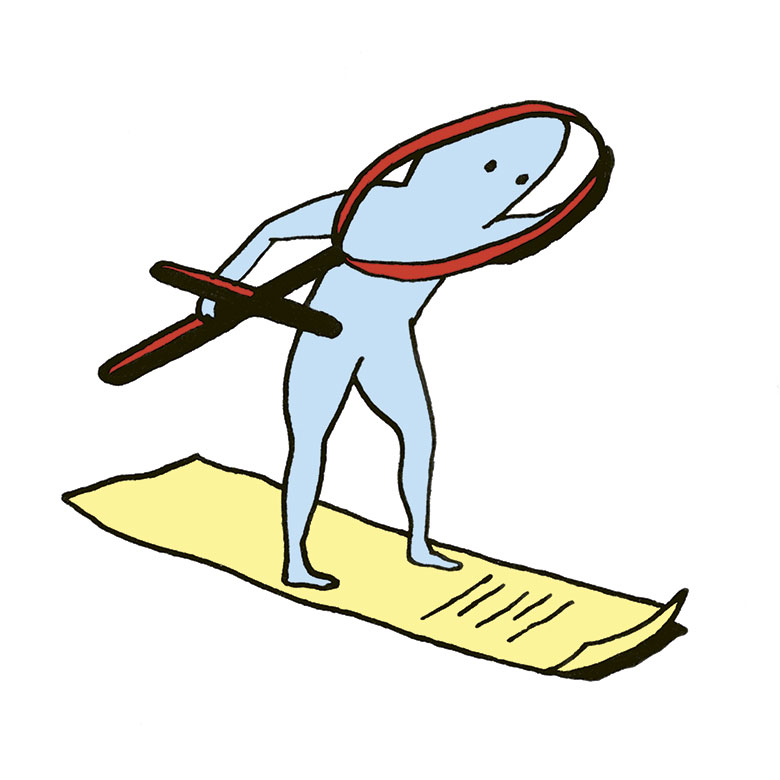
The Wikipedia vigilante
The name Oladele Ogunseitan is probably unknown to most. He is a Nigerian-born public and environmental health expert, well known in his field and recently appointed to the Presidential Chair at the University of California (Irvine, USA) and to the American Association for the Advancement of Science. Yet he did not have a Wikipedia page until 28 November 2020 when Jess Wade published one.
Wade is a 32-year-old British physicist who has set herself the task of creating several pages a week on prominent minority scientists: women, non-Caucasians, scientists working in developing countries and those belonging to the LGBTIQ+ community. Her aim is to give them the visibility they deserve. In three years, she has created nearly 1,000 new pages on Wikipedia, ranging from the physicist Heather Williams to the public health specialist Nisreen Alwan.
Unsurprisingly, more or less civil debates have accompanied her initiative. One example of this is the page on Clarice Phelps. Phelps is an African-American chemist who participated in the purification of berkelium, which in 2010 first made it possible to synthesise a new element on the periodic table: tennessine. Twice, the page was removed by Wikipedia editors because of a lack of independent information attesting to Clarice Phelps’ fame. After a media debate, the page was finally restored. The lengthy discussions between the various Wikipedia editors led to two opposing views. On the one hand, the strict application of the encyclopaedia’s rules defining the types of article that may appear. On the other hand, a more flexible view of the rules, justified by the fact that independent sources attesting to a person’s notoriety are inevitably rarer for people from minority backgrounds.
Wade’s mission seems to be working. Less than one percent of her pages have been deleted. Her efforts are also being followed through officially at edit-a-thons, events that rally Internet users to create Wikipedia pages on various personalities. The one organised by SRF and Ringier on 26 November 2020 is expected to result in around 50 new entries. These include, for example, Anne Lévy, the director of the Federal Office of Public Health (FOPH), and the architect Annette Gigon. Despite this initiative, however, it is still no use looking for the pages of well-known Swiss scientists such as Vanessa Wood, a vice-president at ETH Zurich, or Brigitte Galliot, a vice-rector of the University of Geneva.
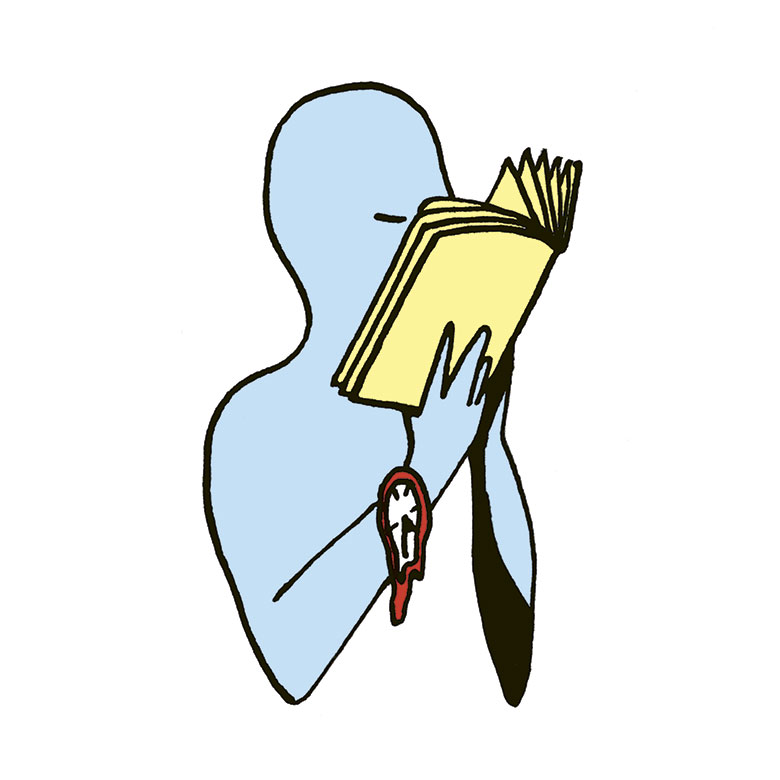
Taking disability into account
The Federal Constitution and international conventions ratified by Switzerland prohibit blatant discrimination. However, they also require positive measures to be taken to compensate for inequality. It must be ensured “that persons with disabilities have access to general higher education without discrimination and on an equal footing with others”, says the website of Swissuniability, which provides information to both universities and persons with disabilities wishing to study.
Included here are, for example, ensuring physical accessibility to courses, offering work assistance or extending the duration of studies. In the case of exams, a university may allow more time, organise a separate room or adapt the format of the test (oral or written). ETH Zurich, for example, reports that it conducted 80 interviews with 60 students in 2018 in order to find solutions.
But that same year, one case went awry. ETH Zurich refused to enrol Jürg Brechbühl onto a Master’s degree in environmental sciences, despite him suffering from the after-effects of a brain injury. Given that his medical certificate indicated a 20 percent ability to study, the modified course would have lasted ten years according to the calculations of ETH Zurich, far beyond the maximum duration of four years. But Brechbühl hired a lawyer and saw the ETH Zurich appeal body overturn the decision, arguing in particular that Brechbühl had already studied successfully with a 77 percent success rate during an exchange semester in Zurich. He was later admitted and in a Tages-Anzeiger article he reported feeling well accepted by other students.
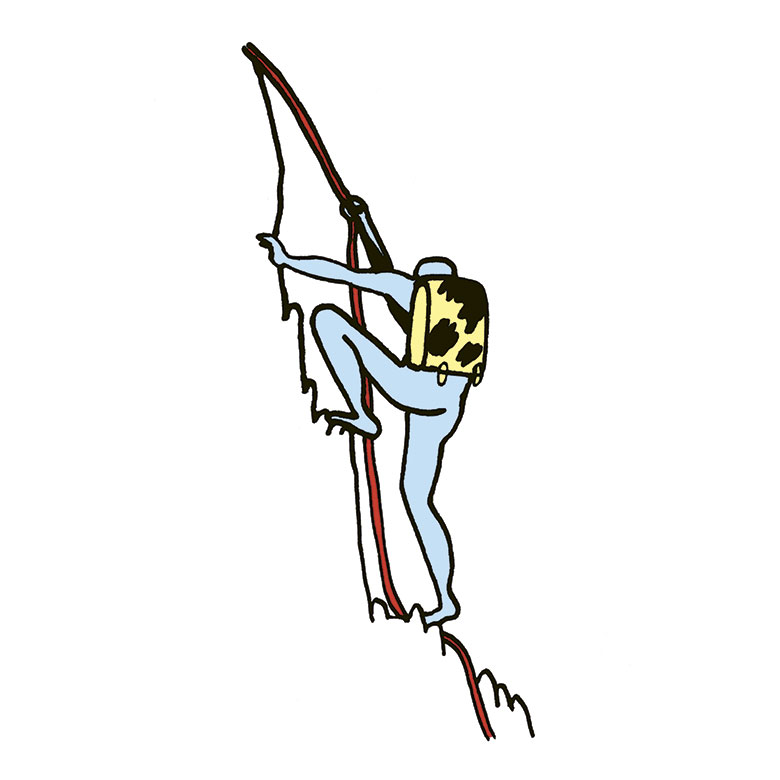
Student Mentoring
The French President Emmanuel Macron announced in September 2020 that he wanted to increase the number of places in the ‘Cordées de la réussite’ programme from 80,000 to 200,000. The programme was launched in 2008 and encourages access to higher education for young people from disadvantaged social backgrounds. It works on the principle of mentoring. University students accompany young people attending a vocational college or secondary school categorised as a ‘priority’ due to difficult social contexts. The aim is to eradicate the process of ‘self-censorship’, whereby young people from disadvantaged backgrounds lose interest in higher education despite their academic records.
Notwithstanding France’s baccalaureate-for-all policy (i.e., 80 percent of school-leavers obtaining a general or professional baccalaureate), social inequalities persist. Only four of ten young people from disadvantaged backgrounds go on to higher education, compared with seven out of ten from privileged backgrounds.
A similar programme exists in Germany. The association ‘Arbeiterkind.de’ brings together 6,000 volunteers who accompany children from non-university families and advise them on the way to higher education. Here, too, the inequalities are striking. Only 23 percent of young people whose parents did not go to university are in higher education, compared with 83 percent in the academic world.
Switzerland is often celebrated for its dual education system and its increasing permeability among different study paths. However, the rungs of the social ladder are not evenly spaced: three out of ten young people from disadvantaged backgrounds attend higher education, whereas it’s five from more privileged backgrounds.

Free speech
“Being reprimanded by the catering manager for arriving late to serve coffee – at a conference where I was presenting my work”. “This is Jonathan. He is ... er... our latest minority recruitment”. “A campus guard who knows me but calls the police to check my identity”. These are some of the accounts described in thousands of tweets posted by African-American academics with the hashtag #BlackInTheIvory.
By accumulating a large number of very diverse testimonies, hashtags such as #BlackInTheIvory and #MeToo open our eyes to an often-ignored reality, composed of discrimination, aggression, exclusion and lack of understanding. Above all, they give a platform to those who are most affected.
Some may doubt the veracity of these stories – social networks are neither courts nor media journalism. But the same stories do emerge from structured initiatives to interview those affected. One example is @PayeTonEPFL, launched in November 2020 by the EPFL student association, which highlights an unhealthy climate on campus: unreserved homophobic chanting at official parties, sexual harassment during exercise sessions and a multitude of sexist remarks accompanied by deafening silence.
Illustrations: Julia Marti

